
From the Qing Dynasty's Concerns
After defeating the Tay Son dynasty (1788 - 1802), in 1802, Nguyen Anh, a descendant of the Nguyen lords who once ruled Dang Trong, ascended the throne and established the Nguyen dynasty. The king chose Hue as his capital and took the reign name Gia Long.
In January of the year Nham Tuat (1802), King Gia Long sent Le Quang Dinh with a petition to the Qing Dynasty via Nam Quan to request a title of king. According to the "National History Institute of the Nguyen Dynasty" and "Dai Nam Thuc Luc", the king ordered the royal letter and gifts to be brought to request a title, and to change the country's name to Nam Viet.
Previously, after conquering Phu Xuan and marching north to pursue the remnants of the Tay Son army of Canh Thinh Nguyen Quang Toan, King Gia Long sent a letter to China to seek communication with the Qing Dynasty and ask to be recognized as the king of the new dynasty. In the letter to the Qing Dynasty, he called himself the King of Nam Viet.
Next, in the petition for investiture that Le Quang Dinh brought to present to the Qing Emperor, when seeing that the Nguyen Emperor used the reign name Gia Long (嘉隆), the Qing Dynasty asked the question: did the reign name of the Southern ruler intend to cover the reign names of the two Qing Emperors, Qianlong (乾隆) and Jiaqing (嘉慶)?
Our country's envoy hastily corrected that: it was just a combination of the two names Gia Dinh (嘉定) and Thang Long (昇隆), to show that the country had been unified, stretching from Gia Dinh to Thang Long. Although the name Thang Long, which was the capital of Dai Viet from the 10th century until then, was 昇龍, written with the word Long (龍) meaning "dragon", not Long (隆), meaning "prosperous", like the word Long (隆) in the Qianlong era.
The above event, along with King Gia Long's self-proclaimed title of King of Nam Viet (in a memorial to the Qing Dynasty), raised concerns in the Qing court.
Proper name, good word
The edict of Emperor Jiaqing, dated December 20, year 7 of Jiaqing (1802), stated that the name Nam Viet covered a very large area. According to previous historical research, the two provinces of Guangdong and Guangxi were also included in it.

Following that, in the edict to the military and high-ranking officials dated April 6, the 8th year of the Gia Khanh era (1803), Emperor Gia Khanh edicted: “The matter of (King Gia Long) requesting to name the country Nam Viet, this country previously had the old land of Viet Thuong, and later received the entire territory of An Nam; therefore, the Celestial Dynasty granted the country a name using the two words Viet Nam (越南); using the word Viet (越) in front to symbolize the ancient territory; using the word Nam (南) in the back, symbolizing the newly granted land; and also meaning the south of Bach Viet; not to be confused with the old name of the country Nam Viet. Once the country's name is correct, the meaning of the word is also good; it will forever inherit the grace of the Celestial Dynasty.”
The fact that Emperor Gia Khanh of the Qing Dynasty approved the title of King Gia Long and agreed to let our country change its national name was recorded in "Dai Nam Thuc Luc" as follows: "(...)
Previously, there was already the land of Viet Thuong, so it was called Nam Viet. Now that there is the whole of An Nam, the name must follow the reality, so it is necessary to bring the whole territory together, and at the beginning, give it that name to show its goodness.
Therefore, the word Viet should be placed first, representing that our country inherits the old land and enjoys the old good reputation, and the word Nam should be placed later, symbolizing that our country expands to the south and gains a new destiny. The name is upright and the word is auspicious, compared to the old name of the land of Luong Viet in the interior, there is a difference.
Thus, the national name Vietnam was born in a very special historical context. In February of the year of Giap Ty (March 1804), Vietnam officially became the national name of our country.
Regarding this event, “Dai Nam Thuc Luc” recorded: “In February (the year of Giap Ty 1804), on the day of Mau Thin, (King Gia Long) arrived in the capital. On the day of Quy Dau, the king held a ceremony at Thai Mieu… and named the country Viet Nam. On the day of Dinh Suu, the matter was reported to Thai Mieu. After the ceremony, the king sat in the palace to receive the congratulatory ceremony. He issued an edict to announce it inside and outside”.
The edict declaring the name of Vietnam issued by King Gia Long stated: “When an emperor establishes a country, he must first respect the country’s name to show unity. From the past, our holy kings built the foundation, established the country, and opened up the land of the country, including the land from Viet Thuong to the South. Therefore, we used the word Viet to name the country.
Over 200 years of succession, the sacred lineage has been firmly established, the internal and external fortunes have been kept peaceful. Suddenly, halfway through, the country's fortunes have become difficult. We have taken on a small role in suppressing the rebels. Now, thanks to great fortune, we have been able to continue the ancient legacy, and the Giao Nam territory has all been included in our records.
After thinking about the civil and military strategies, in the main position, accepting the new mandate, he decided to take February 17 of this year (1804) to respectfully inform Thai Mieu, changing the national name to Vietnam, to build a great foundation, to pass on for a long time.
In all our country's affairs, related to the national name and correspondence with foreign countries, we must use Vietnam as the country's name. We must no longer use the old name An Nam.
Thus, in 2024, the national name of Vietnam will be 220 years old.
Source



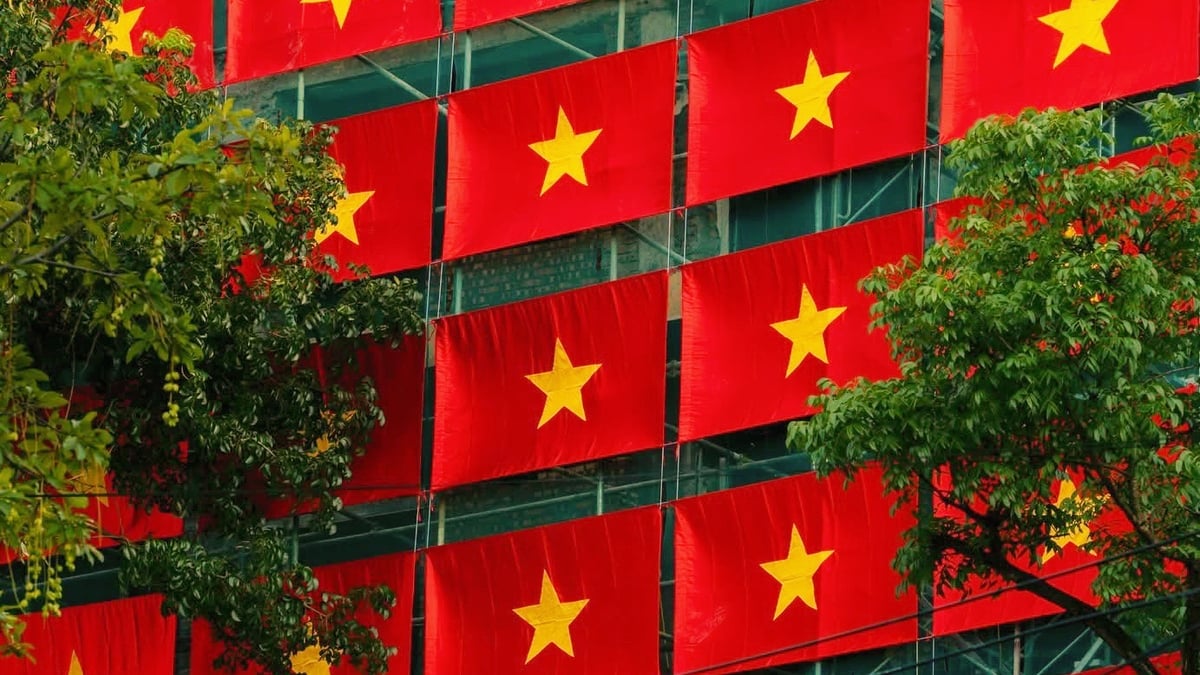
![[Photo] General Secretary To Lam attends the 80th anniversary of Vietnam's diplomacy](https://vphoto.vietnam.vn/thumb/1200x675/vietnam/resource/IMAGE/2025/8/25/3dc715efdbf74937b6fe8072bac5cb30)
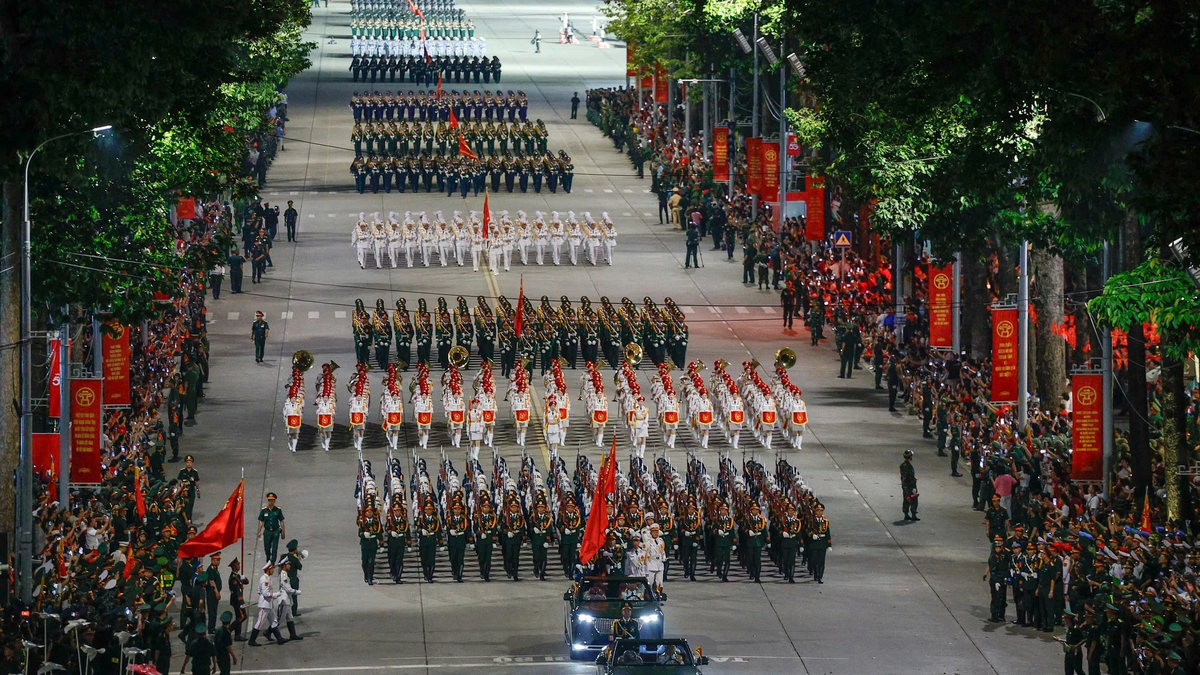







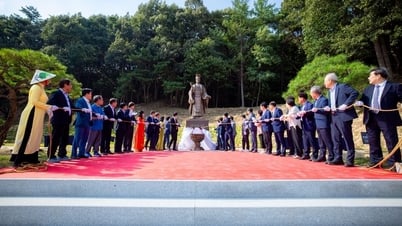









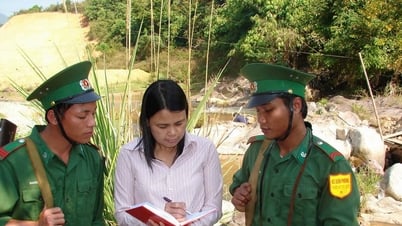






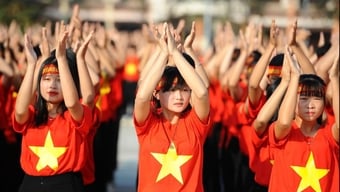

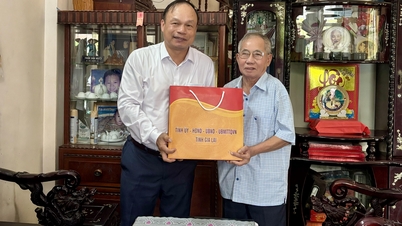

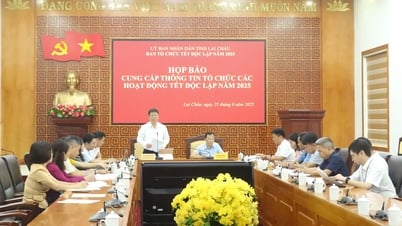

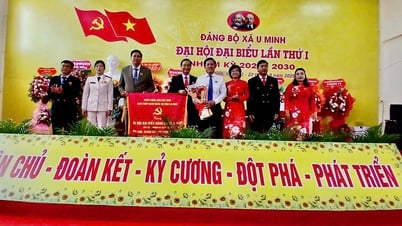



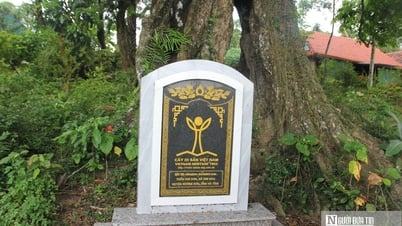







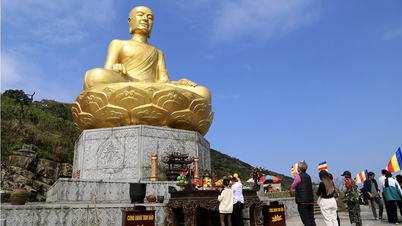
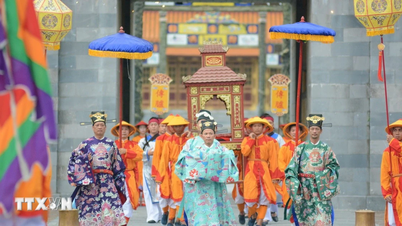
















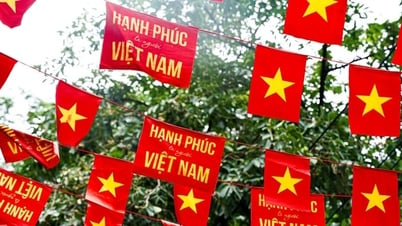


















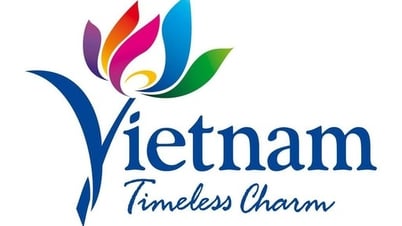





















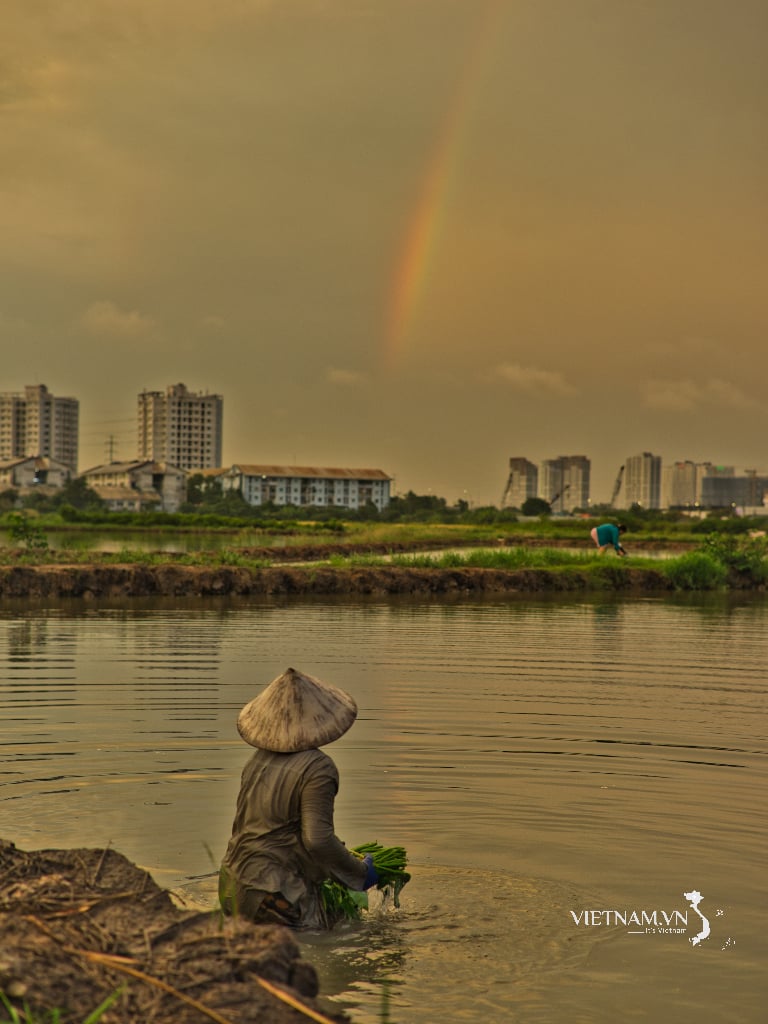

Comment (0)